Full Automatic Constant Pressure Variable Frequency Water Supply Equipment is a new generation of hi...
See DetailsHigh-Rise Building Water Supply Pumps: The Backbone of Vertical Urban Infrastructure
Industry News-As global urbanization accelerates, cities are growing upward rather than outward. The increasing number of high-rise buildings, particularly in Asia, the Middle East, and North America, has introduced a new set of engineering challenges—chief among them being reliable and efficient water supply. At the heart of every tall structure’s plumbing system lies the essential yet often overlooked High-Rise Building Water Supply Pump. These pumps ensure that fresh water is delivered with adequate pressure to every floor, from underground parking levels to rooftop penthouses.
In a world where vertical living and working spaces are becoming the norm, the demand for intelligent, energy-efficient, and durable water supply pumps is higher than ever.
The Essential Role of High-Rise Water Supply Pumps
Unlike low-rise or residential buildings, high-rise structures—typically defined as buildings taller than 35 meters or about 12 stories—require mechanical assistance to transport water vertically. Municipal supply systems rarely provide enough pressure to lift water beyond the fifth or sixth floor. That’s where high-rise building water supply pumps come into play.
These pumps are specifically engineered to maintain constant water pressure across multiple levels, compensate for height-induced pressure losses, and deliver water to every outlet within the building—be it bathrooms, kitchens, fire protection systems, or HVAC cooling towers.
System Types and Pumping Configurations
Several configurations are used to ensure consistent and efficient water delivery in high-rise buildings. Common solutions include:
Booster Pump Systems: These increase the water pressure from the municipal line to meet the vertical height and consumption demands of the building.
Zoned Pumping Systems: In very tall buildings, the structure is divided into vertical zones, each with its own pumping system to regulate pressure and reduce the risk of pipe failure due to over-pressurization.
Hydropneumatic Systems: These use pressure tanks in combination with pumps to maintain a steady pressure, ideal for mid-rise to moderately tall buildings.
Variable Speed Drive (VSD) Pumps: These are becoming increasingly common as they automatically adjust motor speed and pump pressure based on real-time demand, optimizing energy use.
Each configuration requires thoughtful engineering, considering factors such as peak demand, occupancy types, pipe friction losses, and energy efficiency targets.
Engineering Features of Modern Water Supply Pumps
Contemporary high-rise building water supply pumps are designed with several advanced features to improve performance and reduce long-term operating costs:
Multi-Stage Design: Many pumps feature multiple impellers to incrementally boost pressure, ideal for vertical water transport.
Corrosion-Resistant Materials: Components made of stainless steel or high-grade composites ensure durability in potable water systems.
Noise Reduction: Soundproof casings and precision-balanced rotors minimize vibration and noise, crucial for residential and office environments.
Smart Monitoring and Controls: Integrated sensors and controllers allow for automatic pressure adjustments, leak detection, and predictive maintenance alerts.

Compact Footprints: Vertical inline pumps are often used to conserve valuable mechanical room space while simplifying piping layouts.
Market Trends Driving Growth
The rise in skyscraper construction worldwide is fueling strong demand for high-rise building water supply pumps. Key market drivers include:
Urban Population Growth: As cities densify, vertical development is the only viable solution to housing and commercial space shortages.
Green Building Standards: Energy-efficient pump systems contribute significantly to meeting LEED and other green certification criteria.
Retrofits and Upgrades: Aging infrastructure in many cities is being modernized with more efficient and intelligent pumping systems.
Smart Cities and IoT Integration: Building management systems now expect water pumps to be digitally connected for centralized monitoring and energy tracking.
In regions like Southeast Asia and the Middle East, entire urban zones are being designed with centralized pumping systems that serve clusters of high-rise buildings—creating new business opportunities for pump manufacturers and system integrators.


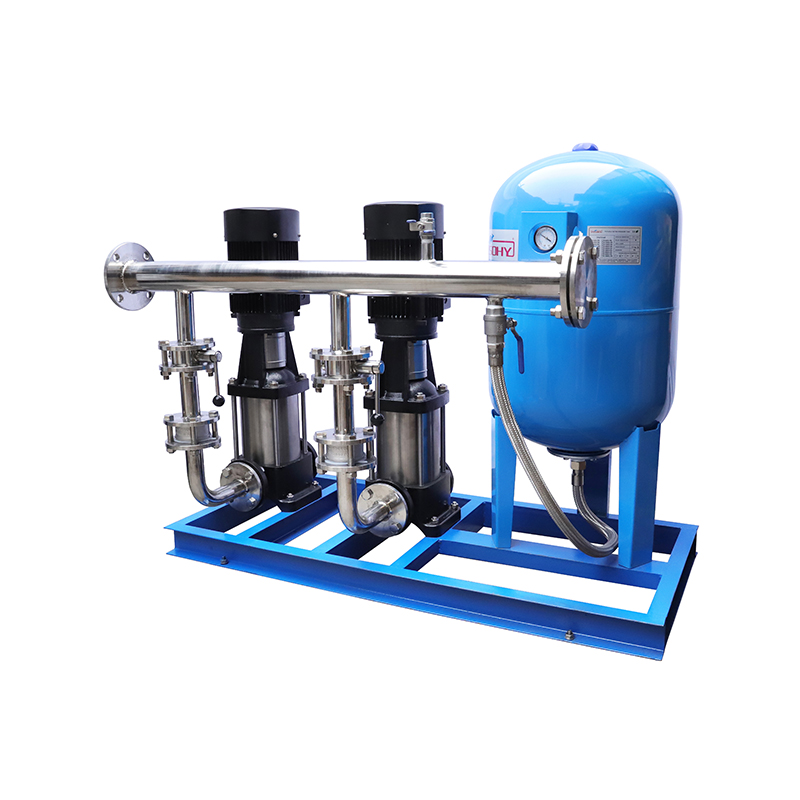
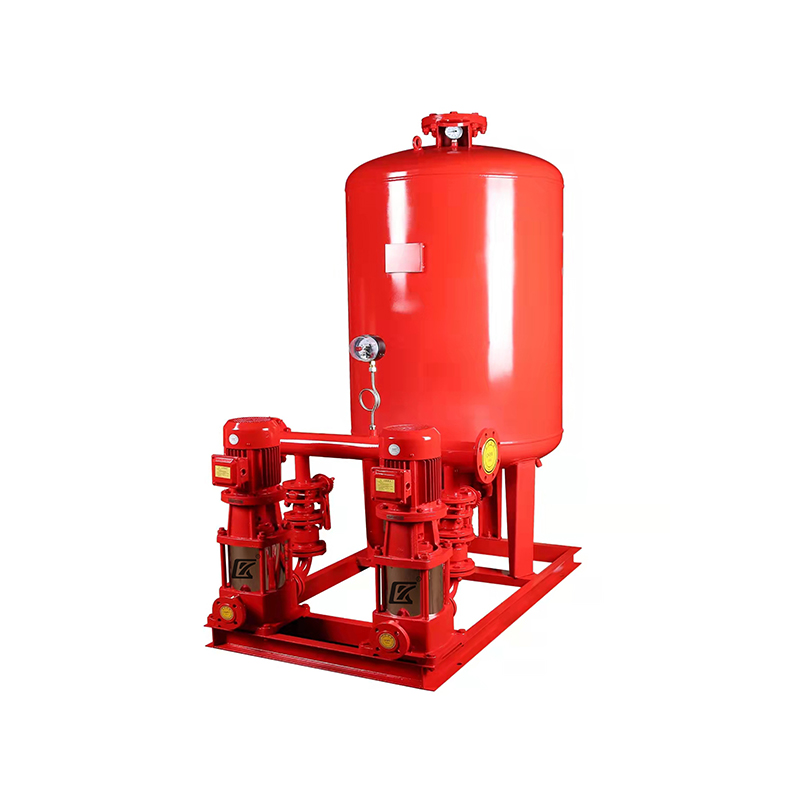
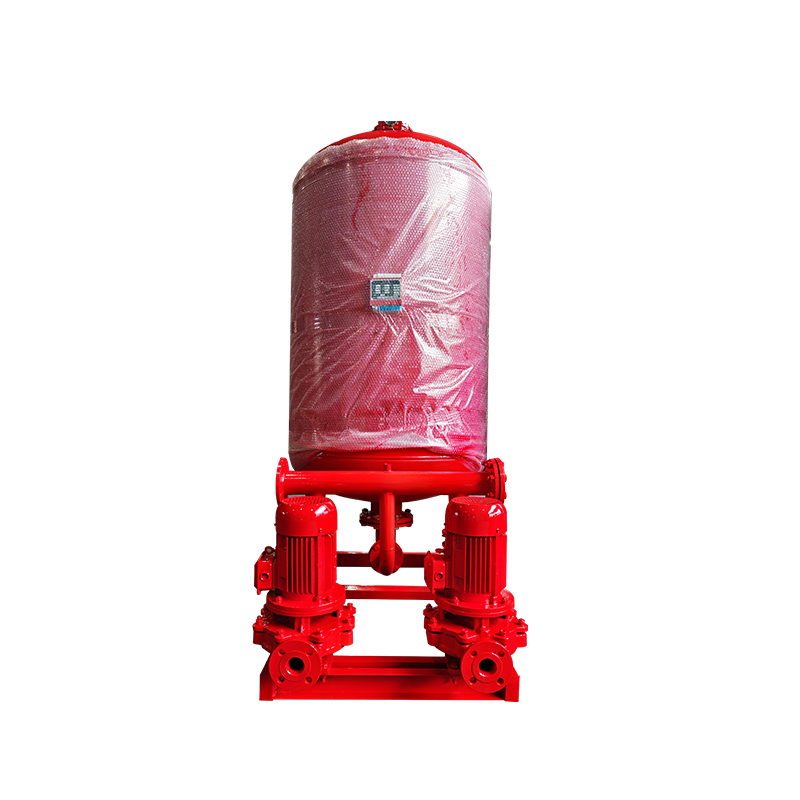

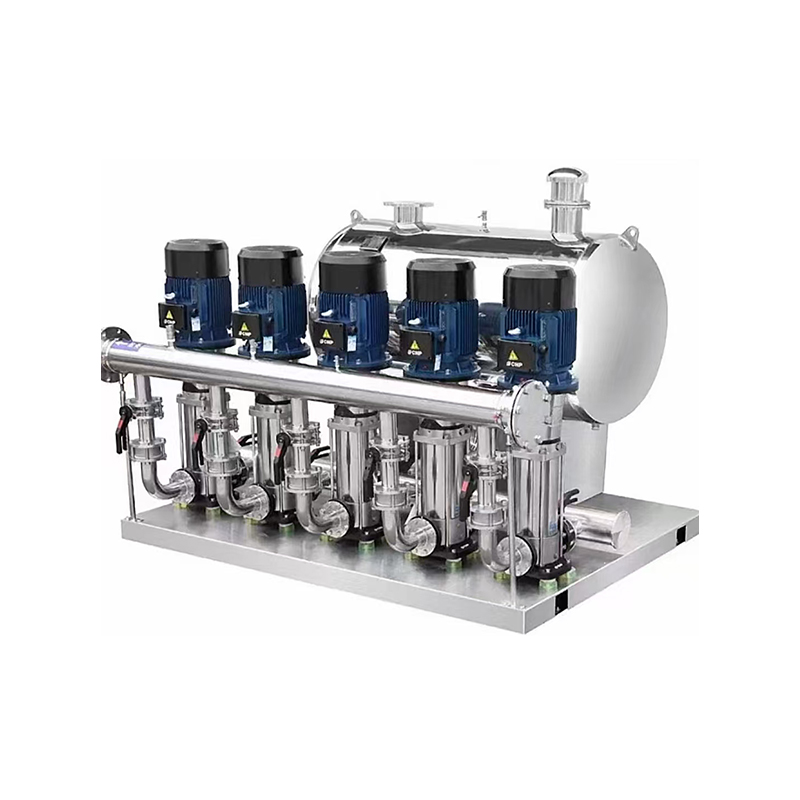
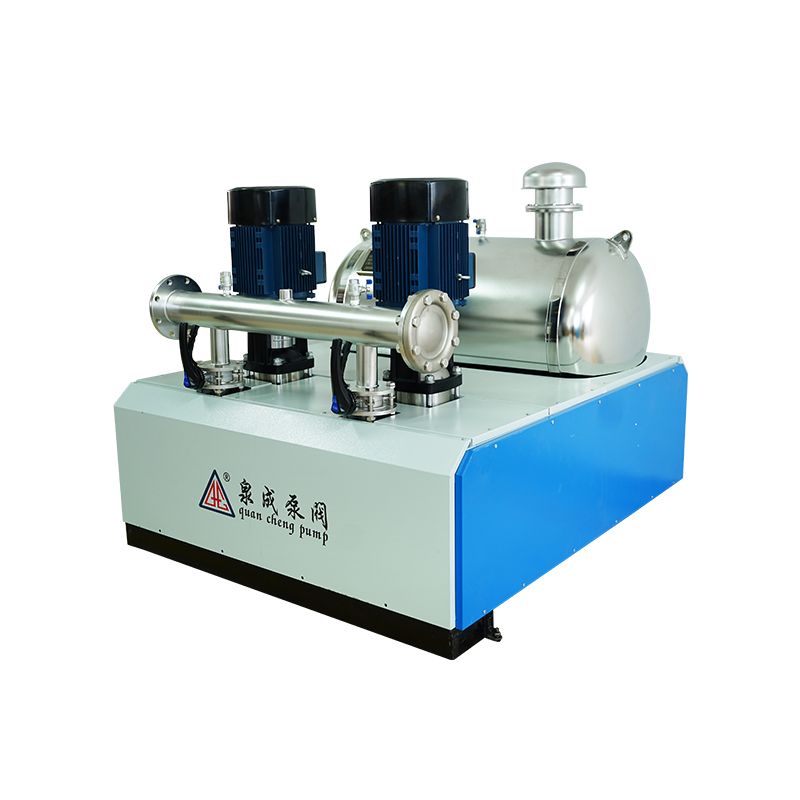
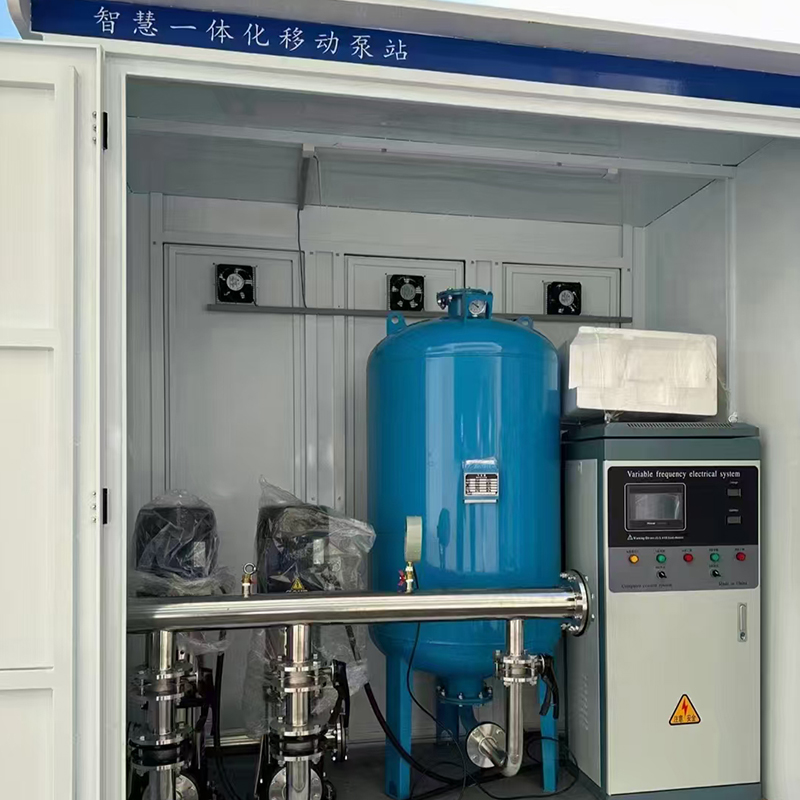

 浙公网安备33032402001888号
浙公网安备33032402001888号
